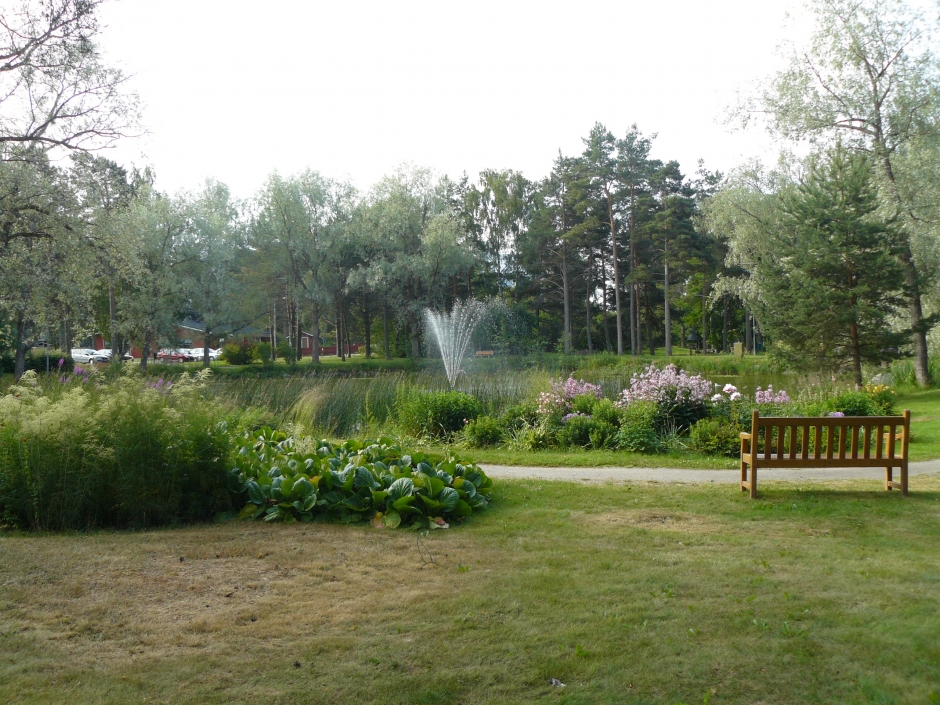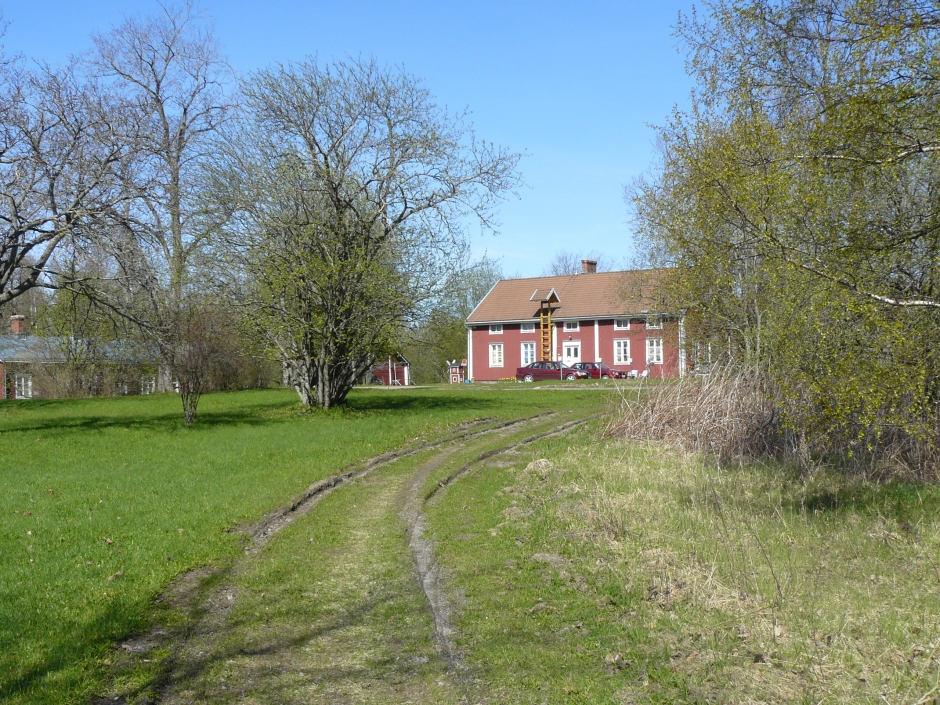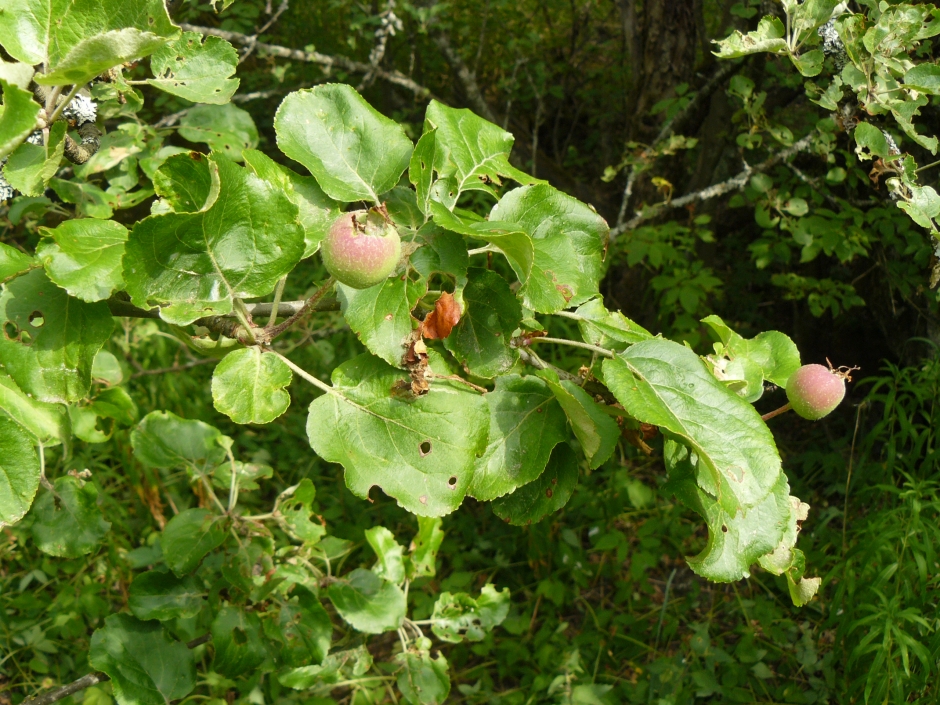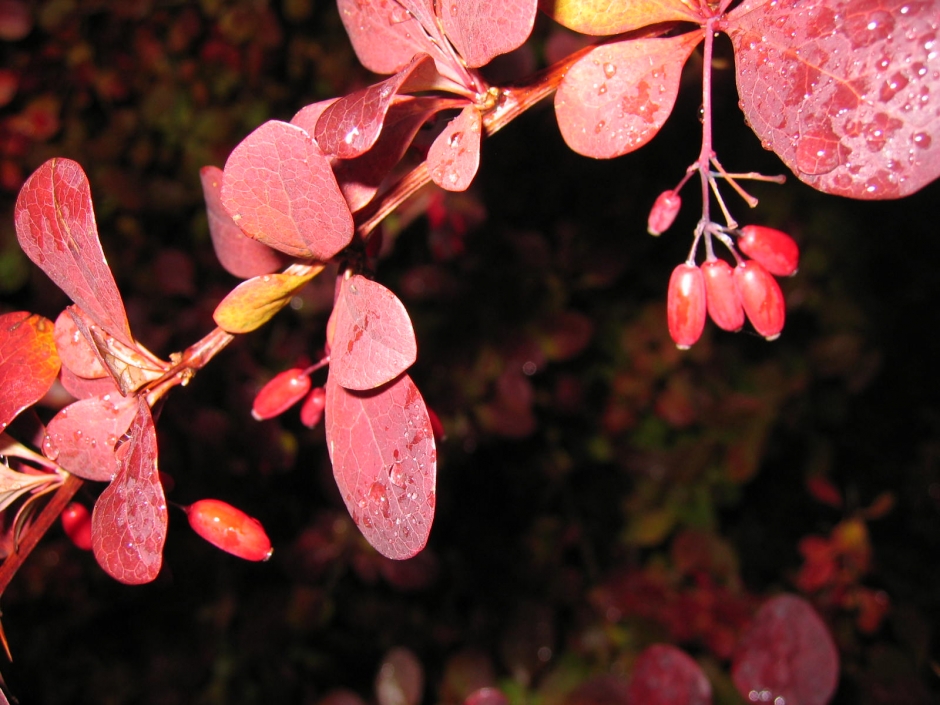Tammikaivo area
The Tammikaivo area is located in Klemettilä in the eastern part of the city and is bordered by the Sepänkylätie, Sairaskodinkatu and Tammikaivontie roads. The Silmukkatie business area is situated in the east. The facilities and centers provided in this area include the senior service center ‘Tammikartano’, the Klemettilä daycare center, the city hospital and main healthcare center, Vaasa Vocational Institute, Rescue Department, a sports hall and museum area. In between these buildings is an attractive public green area. Parking areas are located in front of the health care center and the Vocational Institute. The Tammikaivo area is situated in a historic, culturally valuable environment and is one of the oldest in the ‘new’ Vaasa. The Tammikaivo area has a diverse history and there are many examples of building heritage and cultural vegetation in the area.

The Tammikaivo area has a diverse history and there are many examples of building traditions and cultural vegetation in the area. It is possible to trace the history of settlement in Klemettilä back to the 15th century. During the earliest recorded period, there were so called ‘allmoge’ settlements (peasant settlements) in the area and the Klemetsögård was founded in the 17th century. The best known piece of history in the area, however, is the Fatikooli (Poor House) area, which dates back to the time immediately following the fire in Vaasa during 1852. Some of the buildings from this era still exist and newer buildings have been erected throughout the 20th century. Buildings that were part of Bert’s and Boijesbacken’s allmoge-settlement have since disappeared, but stone foundations and cultural vegetation still attest to their original locations in the forest.

A visit to the Fatikooli-area is well worthwhile, as it is the birth place of the artist Eero Nelimarkka. Visitors can also become acquainted with the thicket shadbush-enclosed ‘amphitheater’ and sit by the pond in the middle of the area, admiring the well-groomed parklands and diverse vegetation. Paths in the area are generally easily accessed, but visitors can also take leisurely walks along the small trails in the forests, enjoying gardens opening up in the middle of the vegetation of the lost Bert’s and Boijebacken’s allmoge-gardens.

The Tammikaivo area offers attractions all year round. For those interested in flora, a visit during the growth season provides the most rewarding experience. The built cultural environment can be also admired during winter. The Bert’s and Boijebacken’s vegetation assortment comes into blossom in spring, during which it is distinguished at best. Amongst these wild growing allmoge-gardens blossoming scilla, yellow star-of-bethlehem, lilac and apple trees may be found. It is also easier to move around and enjoy the area during spring, as vegetation is still relatively low-growing. However, it is essential that visitors are cautious of the remaining stone foundations, wells and cellars, which still exist throughout the area.

The vegetation in the area surrounding Fatikooli is not particularly old for the main part, yet the oldest preserved building in the area, called ‘Hiirelä’, is from the 18th century. Visitors interested in the built cultural history of the area can visit the museum area any time of year. Surrounding the dam there is diverse and, in specific parts, rare plant life of the region, providing plenty to see during the whole growth season. During spring, crocus flowers, drumstick primroses, daffodils and wood anemones blossom. However, summer offers arguably the most attractive scenery, with the blossoming rhododendron, golden chain, dogwood, and lilac, along with many flowering plants encircling the dam, such as peonies and goat’s beard. Simultaneously, a blossoming burning bush can also be found, a plant which causes an allergic reaction when touched. Towards the end of summer, the hortensia blossoms, followed by, Pepperidge bushes’ berries and autumn leaves painting the landscape with amber hues during autumn. There is also plenty to admire outside of the blossoming season, such as red-barked dogwood, Japanese angelica-tree and walnut trees, which also surrounding the dam, adding depth and aesthetic to the area.

